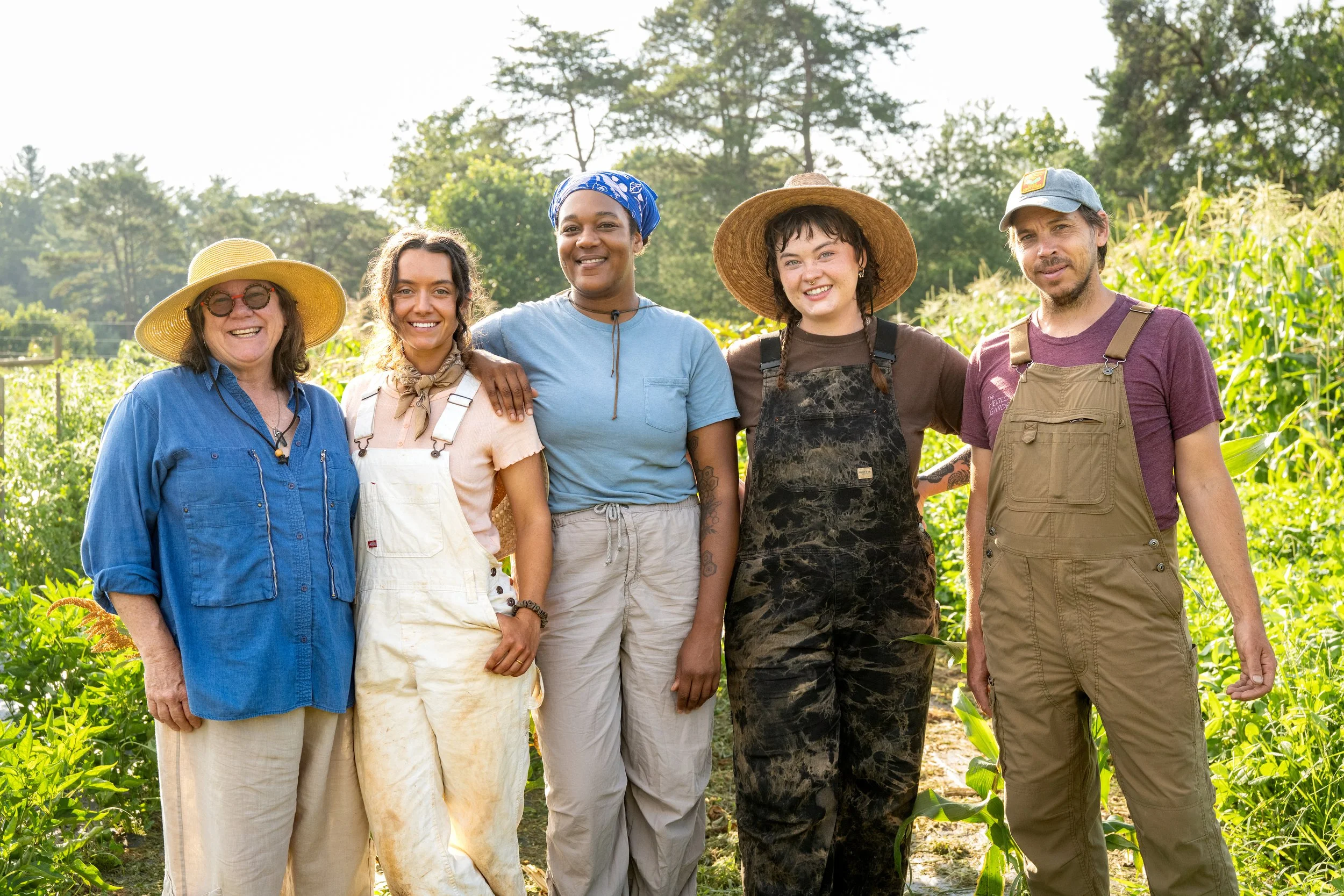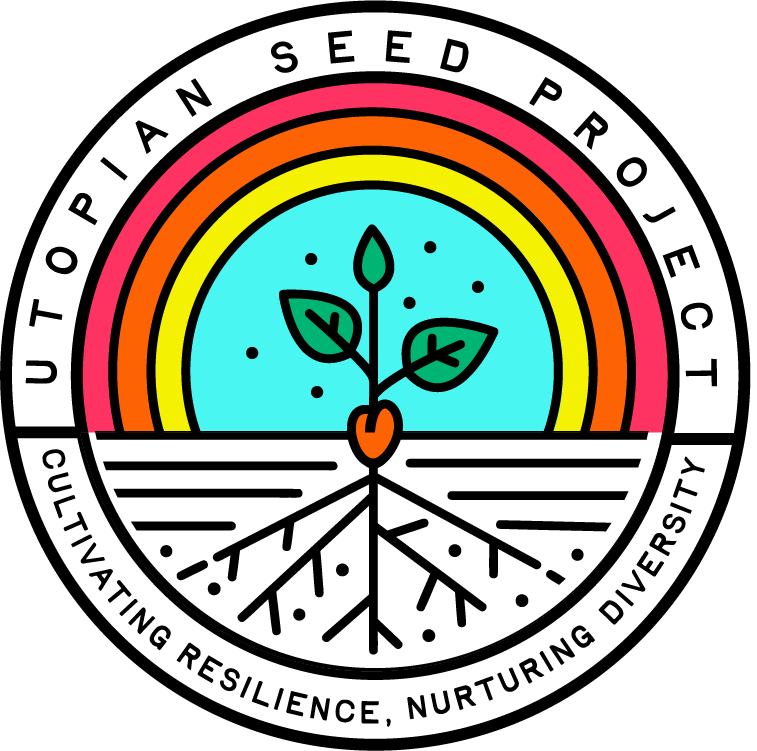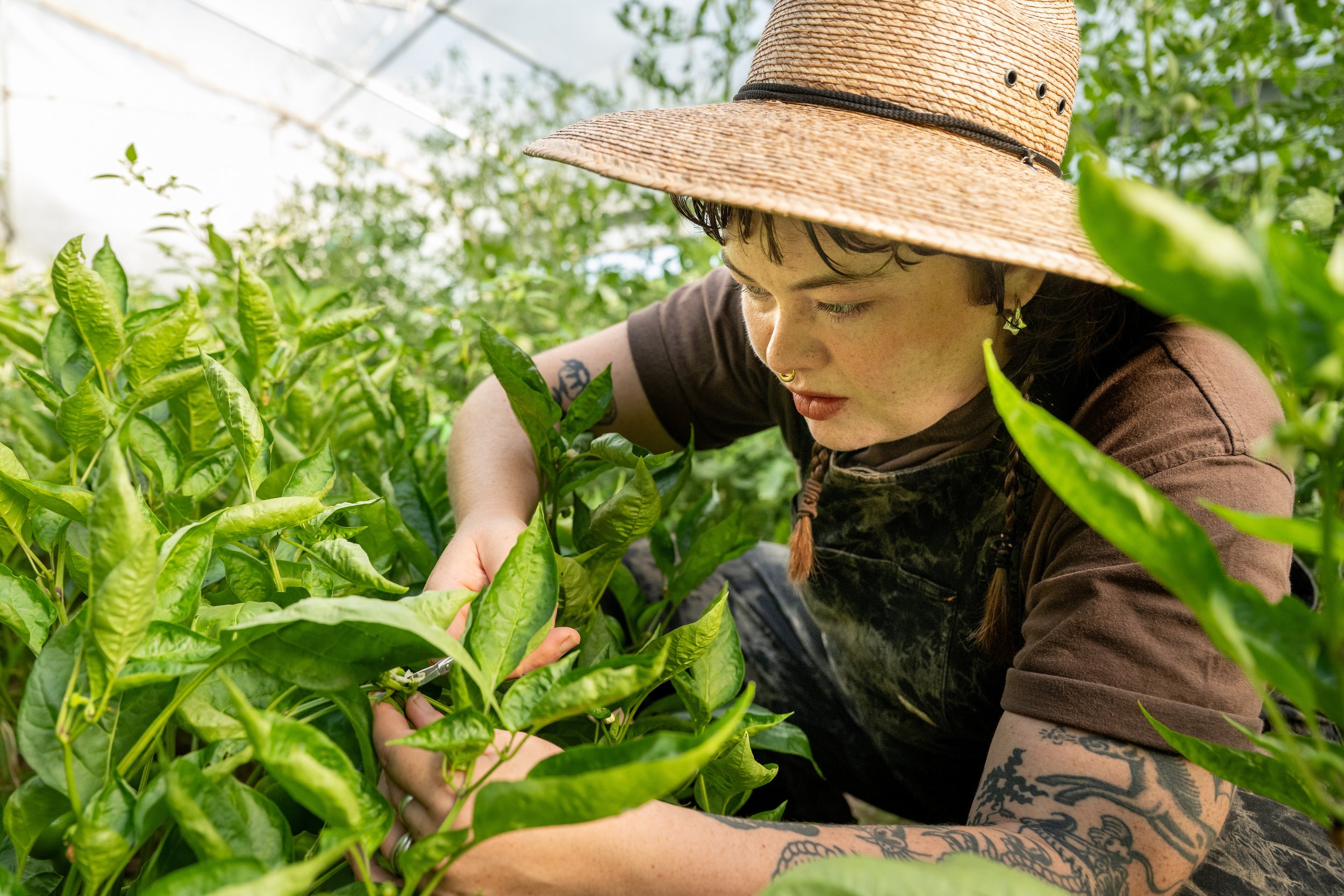
Our Story
Utopian Seed Project is a 501(c)3 non-profit founded in 2018 by Chris Smith, along with founding board members Yanna Fishman, Carol Koury, and Jamie Swofford.
Our work is grounded in the critical importance of seed in food and farming, and is focused on regional and resilient foodways. We are motivated by the beautiful and delicious potential of diversity AND its ability to both mitigate and adapt to climate change.
Our commitment to innovation and sustainability is reflected in every aspect of our work. From seed saving and crop trials to community outreach and education, Utopian Seed Project is dedicated to fostering diverse and resilient foodways.
Why we do, What We Do
Crop Options for
a Changing Climate
Climate change is creating challenging and unpredictable conditions for growing food. Our work explores crop diversity and crop resilience so we can have food security in a chaotic climate.
National Geographic reports, “The International Food Policy Research Institute projects that by 2050, suitable croplands for four top commodities—corn, potatoes, rice, and wheat—will shift, in some cases pushing farmers to plant new crops.” It is reasonable to assume that we will see similar shifts for other market crops. The article concludes that, “The winners, researchers say, will be farmers who modernize their methods and diversify their fields.”
Seed Saving, Breeding
& Regional Adaptation
Our work is committed to deep relationships with seeds, people, and place. Through stewardship, seed saving, plant breeding, and regional adaptation, we can develop resilient and adaptive food systems.
SeedLinked is a crop trialing platform that states, “Increased availability and use of diverse seed would create more diversity in agricultural landscapes, contributing to “breeding ecosystems” that could evolve much quicker in face of climate change, boost local adaptation and performance, and bring resiliency and food sovereignty to local economies in an era of globalizing fragility.
Agrobiodiversity for
Resilient Food Systems
The evidence is clear that complex systems are more resilient. Our narrow crop focus and industrial food systems are inherently fragile. We are working to diversify our local food and farming system.
In a paper titled, Toward resilient food systems through increased agricultural diversity and local sourcing in the Carolinas, Dr. Janet MacFall of Elon University writes, “Diversity in food production can be considered on three levels, a) genetic diversity as reflected in the range of cultivars which can be selected for production, b) species diversity, captured through production of a wide range of crops on each farm, and c) broad ecosystem diversity, described by the diversity of production between farms and within the broader food system.”
Celebrating Food,
Flavor & Diversity
We believe hearts and minds can be changed by speaking directly to the stomach, and that we should make this conversation fun and accessible through food and celebration.
Our current food system is SAD (Seriously Absent of Diversity). Environmental researcher Seth Cook writes: “A mere 30 crops supply 95 percent of the calories that people obtain from food, and only four crops—maize, rice, wheat and potatoes—supply over 60 percent.” The Food52 blog asked,” What Is Diversity in Food?” And answered, “Diversity in food can mean a few different things: For one, the representation of all cuisines and culture. Or, the array of nutrients needed for a full, well-rounded diet. Or, the variety of crops grown on a farm.”
The Values We Aspire To
-

Innovation with Purpose
With a deep concern about climate chaos, we approach our work with a commitment to exploring new possibilities and solutions that enhance agrobiodiversity.
-

Transparency and Clarity
We strive to be open and honest in all we do, ensuring our processes and outcomes are accessible and understandable.
-

Collaboration and Connection
We are committed to fostering relationships that connect communities, ideas, and practices. Understanding that agrobiodiversity includes human and non-human life.
-

Adaptability and Resilience
In the face of future uncertainty, we understand flexibility is essential. We embrace change and adapt to challenges.
-

Empowerment through Knowledge
We believe in community science and are committed to sharing what we know, while holding space to learn from others.






